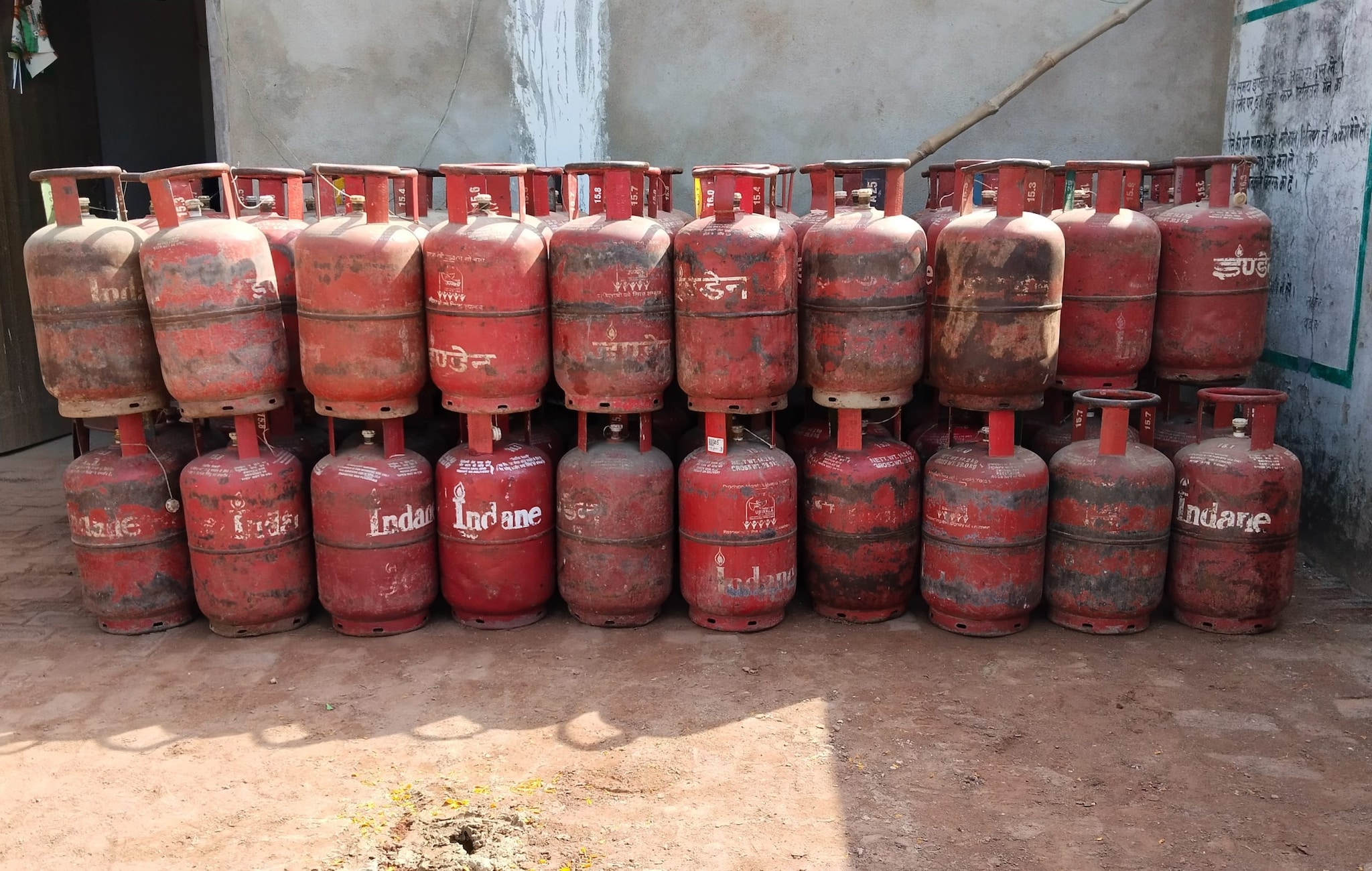India’s debt market reflected improved sentiment in March, aided by strong liquidity support from the Reserve Bank of India (RBI), easing inflation, and a narrowing trade deficit. According to Puneet Pal, Head – Fixed Income, PGIM India Mutual Fund, the end of the financial year was marked by the RBI’s proactive liquidity measures.“The RBI continued with its Open Market Operations (OMO) purchases along with Forex (FX) swaps to increase liquidity in the banking system, infusing over Rs 5 lakh crore of durable liquidity in the Jan-March 2025 quarter,” Pal noted.
This comes in addition to Rs 1.13 lakh crore of liquidity added through the CRR cut in December 2024. The RBI also announced incremental OMO purchases of Rs 80,000 crore for April.

This intervention led to a softening in market rates. The 10-year government bond yield declined by 15 basis points (bps) to 6.58% in March from 6.
73% in February. 1-year Certificate of Deposit (CD) rates fell by 40 bps, ending at 7.25%.
The 5-year Overnight Index Swap (OIS) rate dipped 10 bps to 5.90%, while 1-year OIS fell by 21 bps (not shown in table).The NSE MIBOR overnight rate rose to 7.
20%, up 80 bps month-on-month. Meanwhile, the USD/INR appreciated to 85.46, strengthening by 205 paise over the previous month.
The Consumer Price Index (CPI) inflation cooled to 3.61%, down 91 bps from February’s 4.31%, with food CPI inflation falling to 3.
7% — the lowest since June 2023. Core CPI inflation edged up to 4% from 3.8%, marking the first instance in nearly five years where core inflation exceeded headline inflation.
The Index of Industrial Production (IIP) rose sharply to 5.0%, up from 3.2% previously, with gains led by mining, manufacturing, and capital goods output.
Pal stated, “January’s IIP came in higher than expected at 5%, driven by a pick-up in mining and manufacturing, as well as capital goods showing a healthy 8% growth.”Also read: Think fixed-income means low returns? Nikhil Aggarwal suggests options offering up to 12%On the external front, February saw the goods trade deficit narrow to $14 billion, while the services trade surplus rose to $18.5 billion, turning the overall trade balance into a $4 billion surplus — the first since May 2021.
Imports fell by 16.30% YoY, while exports declined by 10.90% YoY.
India’s current account deficit for Q3FY25 came in at 1.1% of GDP ($11.5 billion), improving from 1.
80% ($16.7 billion) in Q2FY25. However, the capital account posted a $27 billion deficit in Q3, leading to a record-high Balance of Payments (BoP) deficit of $38 billion, due to outflows in FDI, FPI, and banking capital.
Despite these developments, the repo rate, CRR, and SDF remained unchanged at 6.25%, 4%, and 6%, respectively.“Bond yields moved lower across the curve.
.. the longer end of the curve outperformed as yields dropped by 20bps in that segment,” said Pal.
Looking ahead, he added, “We expect another rate cut by the Monetary Policy Committee (MPC) in its April meeting...
the Standing Deposit Facility (SDF)...
can become the operational rate at times.” According to Pal, the 10-year benchmark bond yield is expected to trade in a range of 6.35% to 6.
55% over the next couple of months.Meanwhile, global conditions remained relatively stable, with US 10-year yields inching up by 4 bps to 4.25%, while European bond yields hardened following Germany’s increased fiscal spending announcements.
(Disclaimer: Recommendations, suggestions, views and opinions given by the experts are their own. These do not represent the views of The Economic Times).
Business

Debt market snapshot: RBI’s liquidity boost among other factors drive March movement

This intervention led to a softening in market rates. The 10-year government bond yield declined by 15 basis points (bps) to 6.58% in March from 6.73% in February.














